Bid Strong, Bid Smart – Try Our Hospital Construction Cost Estimating Service!
- Accurancy
- Efficiency
- Transparency
- Customization
- Time Saving
- Professionalism
- Cost Control
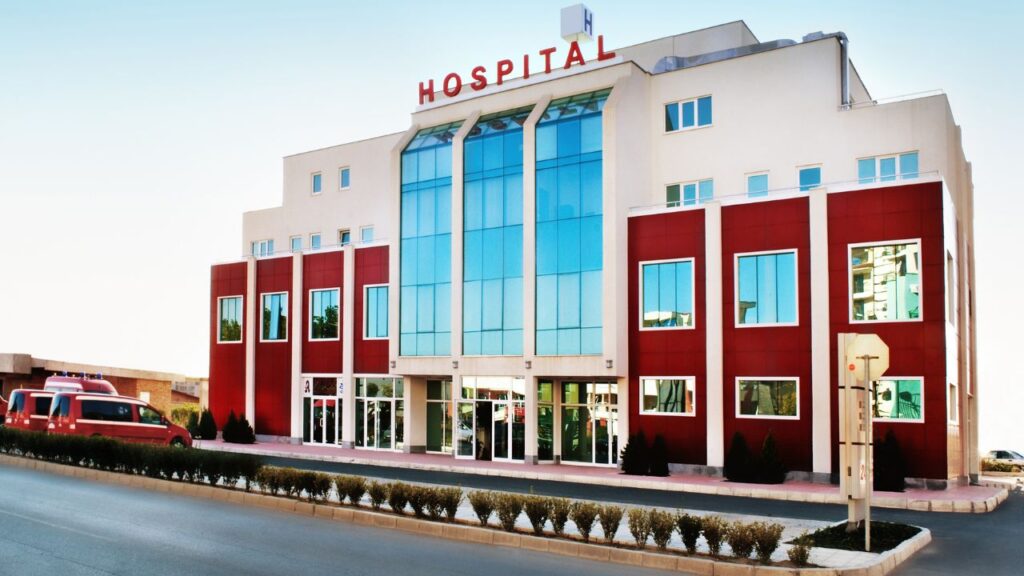
The exterior of a hospital plays a crucial role in creating a positive first impression and contributing to the overall aesthetics of the healthcare facility. Concrete finishing is a popular choice for hospital exteriors due to its durability, low maintenance, and versatility. In this article, we will delve into the various factors influencing the cost of hospital exterior concrete finishing.
The type of concrete finish chosen significantly impacts the overall cost. Common finishes include broom finish, exposed aggregate, stamped concrete, and polished concrete. Each finish requires different materials, labor, and expertise, contributing to variations in cost.
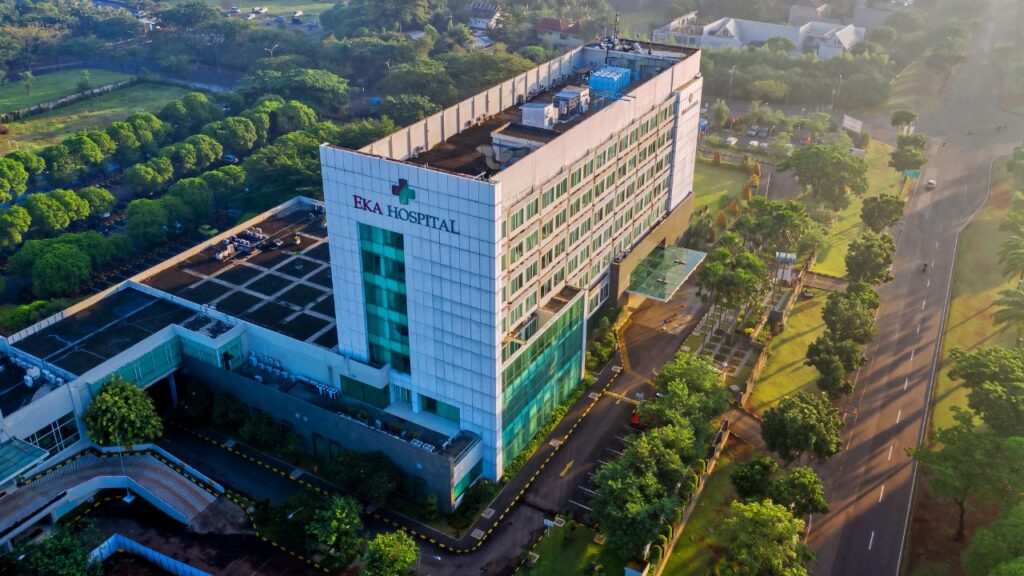
A broom finish is a cost-effective method for enhancing the surface of concrete. After the concrete is poured, a broom is dragged across the surface, creating a textured finish. This type of finish is particularly well-suited for outdoor applications where slip resistance is crucial, such as sidewalks and driveways. The materials required for a broom finish are basic, including a standard concrete mix and the broom tool. The labor involved is less specialized, making it an ideal choice for projects with budget constraints. Broom-finished concrete provides a practical and visually appealing solution for various applications, offering a textured surface that serves both functional and aesthetic purposes.

Fully Insured License
Hire Contractor For Hospital Construction

Make Informed Design Decisions Showcase Your Design Ideas
Get RenderingExposed aggregate is a decorative concrete finish that involves revealing the natural texture of stones and pebbles within the concrete mix. This is achieved by washing away the top layer of concrete during the finishing process. The materials for exposed aggregate include decorative aggregates and a specialized concrete mix. Skilled labor is required to expose and finish the aggregate properly. This finish is commonly used for patios and pool decks, providing a visually appealing and slip-resistant surface. Exposed aggregate offers a unique aesthetic by showcasing the inherent beauty of the aggregates, making it a popular choice for enhancing the overall look of outdoor spaces.
Stamped concrete is a versatile and cost-effective alternative to natural materials such as brick, slate, or stone. This finish is achieved by imprinting patterns onto the concrete surface using stamping mats. The materials needed for stamped concrete include a specialized concrete mix and stamping mats. Skilled labor is essential for the stamping and finishing process, requiring a high level of expertise to create realistic patterns. Stamped concrete is frequently used for driveways, walkways, and various outdoor spaces where a decorative and durable surface is desired. It provides the opportunity to replicate the appearance of more expensive materials at a fraction of the cost.
Polished concrete is a sophisticated finish that involves grinding the surface to achieve a smooth and reflective appearance. The materials required for polished concrete include polishing equipment, densifiers, and sealers. Skilled labor is crucial for the grinding and polishing process, as it demands a high level of expertise to achieve the desired level of gloss. This type of finish is commonly used in commercial spaces, lobbies, and interior floors, providing a modern and sleek aesthetic. Polished concrete offers a durable and low-maintenance solution, making it a popular choice for areas where a polished and refined look is desired.
The longevity and performance of a concrete finish are directly tied to the thoroughness of surface preparation. This preparatory phase involves essential tasks such as cleaning, repairing cracks, and applying a suitable primer. The extent of preparation required is contingent upon the condition of the existing surface, introducing variability in overall project costs. Adequate surface preparation not only ensures a more durable and aesthetically pleasing finish but also prevents issues that could arise from underlying structural concerns, reinforcing the importance of this initial step in the construction process.

The financial aspect of concrete finishing extends to material costs, encompassing items like the concrete mix, sealants, and any decorative elements. Opting for high-quality materials may result in a higher initial investment, but it often translates to increased durability, an extended lifespan, and reduced maintenance costs over time. Balancing the budget with the desire for longevity and performance involves strategic decision-making during the material selection process to achieve a cost-effective yet resilient concrete finish.
The skilled labor required for achieving a professional and durable concrete finish constitutes a significant component of the overall project cost. Labor costs are influenced by factors such as the complexity of the chosen finish, the size of the project, and prevailing conditions in the local labor market. Ensuring a skilled and experienced workforce is essential for executing the construction process efficiently, achieving the desired finish quality, and managing costs effectively.
The geographical location of a construction project introduces regional variations in labor and material costs, impacting the overall expense. Urban areas, for example, may incur higher labor costs due to increased demand and overhead expenses. Additionally, the availability of materials can vary by location, further influencing pricing. Considering these geographical factors is crucial for accurate budgeting and cost estimation, allowing project managers to adapt their plans based on the specific economic conditions of the construction site.
The complexity of the design and the inclusion of additional decorative elements play a pivotal role in determining overall costs. Intricate patterns, logos, or custom textures may require specialized skills and additional time, directly impacting the final price of the project. As the design complexity increases, so does the level of craftsmanship and expertise needed to execute the desired finish. Balancing aesthetic ambitions with budget constraints is a crucial aspect of the decision-making process during the design phase.
Weather conditions during the construction process can significantly affect both the timeline and cost of a project. Extreme temperatures, rain, or humidity may necessitate additional precautions, impacting labor efficiency and potentially prolonging the construction schedule. Planning for weather-related challenges and incorporating contingency measures into the project timeline are essential steps to mitigate potential delays and additional costs associated with adverse weather conditions.

While upfront costs are integral to project planning, considering long-term maintenance requirements is equally crucial. High-quality finishes, although potentially incurring higher initial costs, often result in lower maintenance expenses over the life of the concrete. This consideration becomes particularly important in healthcare settings, such as hospitals, where minimizing maintenance requirements contributes to a more efficient and sustainable infrastructure. Factoring in the long-term value and durability of the chosen concrete finish can lead to a more cost-effective and sustainable investment.
Adhering to local building codes and regulations is a non-negotiable aspect of any construction project and can introduce additional costs. Compliance ensures that the chosen concrete finish meets all necessary standards for safety, structural integrity, and environmental impact. Understanding and incorporating these regulatory considerations into the project budget is essential for a successful and cost-effective construction process. Failure to comply with local regulations may result in costly revisions and delays, underscoring the importance of thorough research and adherence to legal requirements from the project’s inception.
When optimizing material selection for hospital exterior concrete finishing, it is crucial to strike a balance between cost-effectiveness and quality. Choosing cost-effective concrete mixes without compromising on durability and performance is paramount. Exploring local suppliers for bulk purchasing discounts not only reduces costs but also supports the local economy. Additionally, considering alternative, locally sourced aggregates and materials can significantly cut transportation costs, contributing to a more sustainable and budget-friendly project.
Efficiency in surface preparation is key to minimizing labor hours and, consequently, reducing costs. Prioritizing a thorough yet streamlined approach ensures that the concrete surface is adequately prepared for the finishing process. Investing in efficient crack repair methods, such as epoxy injections, not only enhances the longevity of the finish but also minimizes both material and labor expenses. Selecting primers that offer excellent adhesion and coverage eliminates the need for multiple coats, streamlining the preparation phase and further contributing to cost savings.
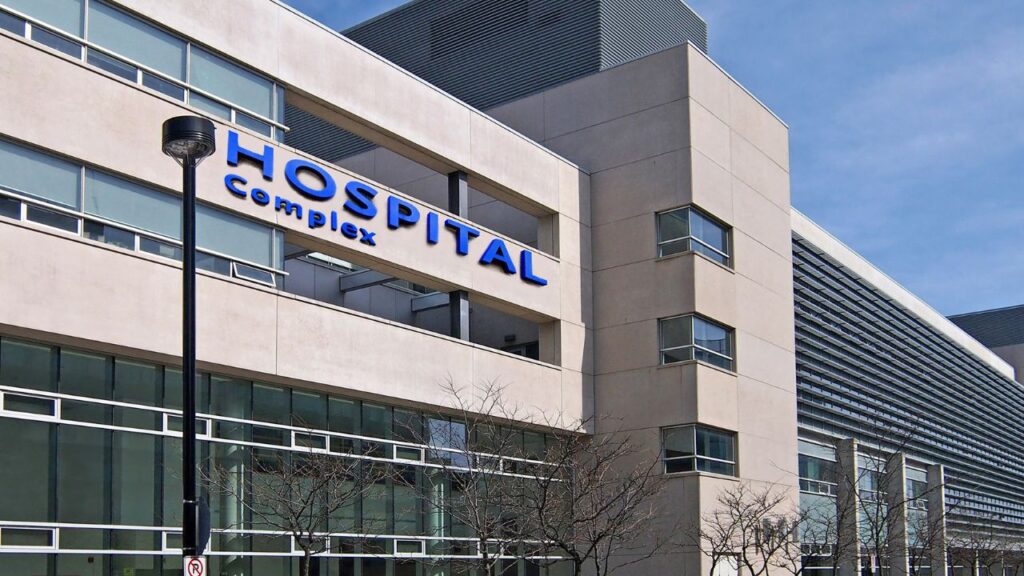
To optimize labor costs in hospital exterior concrete finishing, a multifaceted approach is essential. Cross-training workers for various tasks reduces the reliance on specialized personnel, promoting flexibility in project execution. Implementing efficient project scheduling maximizes labor productivity, minimizing downtime and associated costs. Subcontracting specialized tasks should be considered judiciously, focusing on outsourcing only when necessary to maintain control over labor costs and ensure the expertise required for specific aspects of the project.
Considering regional cost factors is critical in achieving overall cost-effectiveness. Sourcing materials locally not only supports nearby businesses but also reduces transportation expenses. Leveraging regional labor markets by hiring local contractors or workers can provide cost advantages and foster a sense of community involvement. Staying informed about regional regulations and building codes is essential to avoid costly revisions, ensuring compliance and preventing unnecessary expenditures.
Incorporating sustainable design practices not only aligns with environmental responsibility but also opens avenues for potential grants or incentives. Choosing concrete finishes that require minimal maintenance contributes to long-term cost reduction. Furthermore, integrating green building practices enhances energy efficiency, lowering operational expenses over time. By strategically incorporating sustainable design elements, hospitals can achieve both environmental stewardship and financial savings.
Opting for design simplicity in hospital exterior concrete finishing can lead to significant cost savings. Choosing finishes without intricate patterns or elaborate designs reduces labor costs associated with specialized skills. Minimizing the use of decorative elements that demand extensive craftsmanship not only streamlines the construction process but also helps to maintain a focus on functional and durable finishes that meet the hospital’s aesthetic requirements without unnecessary complexity.
Strategic weather planning is a crucial aspect of cost-effective concrete finishing. Scheduling construction during favorable weather conditions minimizes delays and additional costs associated with adverse weather. Implementing contingency plans for unexpected weather scenarios further reduces the impact on the construction timeline and budget. Moreover, planning for seasonal fluctuations in material prices and labor availability allows for better budget forecasting and cost management.
Investing in high-quality finishes that require minimal maintenance is a proactive strategy to reduce ongoing costs. Developing a comprehensive maintenance plan addresses issues promptly, preventing more extensive and costly repairs in the future. Considering life-cycle cost analysis during material and design choices provides a holistic perspective on the financial implications, guiding decisions that contribute to long-term cost-effectiveness.
Engaging in value engineering is a strategic approach to identify cost-effective alternatives without compromising quality. Collaborating with architects, engineers, and contractors fosters innovation in finding solutions that meet performance standards while reducing costs. Regularly reviewing and updating the project plan to incorporate cost-saving measures as they become available ensures that the project remains adaptive and responsive to evolving opportunities for efficiency and savings.
Leveraging technology in hospital exterior concrete finishing projects enhances overall efficiency and reduces errors. Utilizing tools like Building Information Modeling (BIM) improves project visualization and coordination. Exploring automation and mechanization options for specific tasks not only improves precision but also decreases labor costs. Embracing digital tools for project management streamlines communication and reduces administrative expenses, contributing to a more efficient and cost-effective construction process.
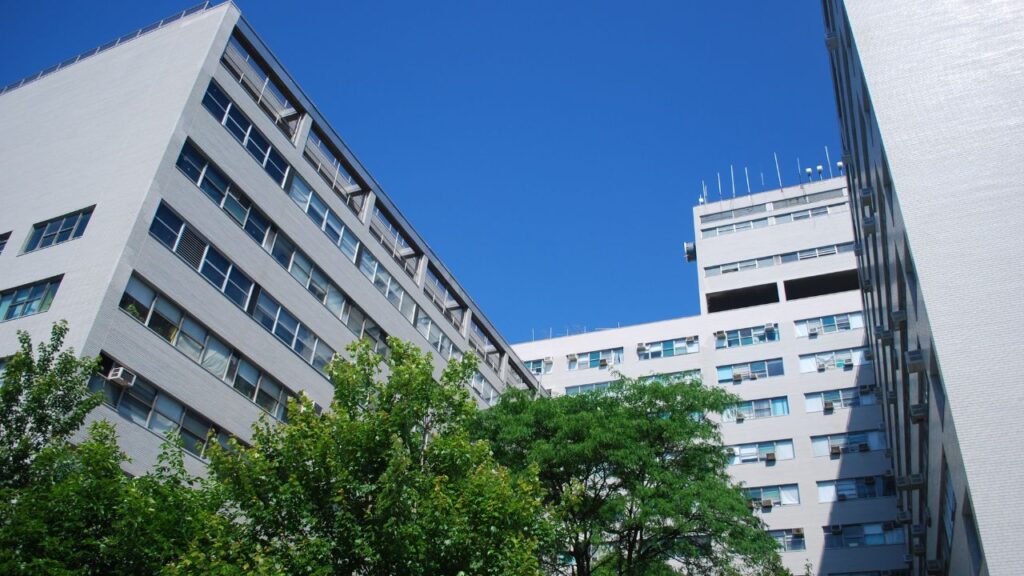
Given the labor and material-intensive nature of concrete work, anticipate costs ranging from $3 to $6 or more per square foot for a four-inch thick, broom sweep-finish concrete patio. If you’re considering stamped concrete, plan for an average cost of around $7.20 or more per square foot. An 80-pound bag of concrete mix, priced at approximately $5, will yield about 0.72 cubic feet, contributing to the overall material expenses.
For exposed aggregate finishes, costs can start at approximately $4.80 or more per square foot. Concrete countertops, considered a high-end choice, are priced similarly to granite. For a 1.5″-thick custom countertop, expect to pay between $84 and $168 or more per square foot, with an additional $60 per hour for installation. It’s essential to include shipping costs in your estimate to account for the transportation of materials.
Concrete projects are commonly quoted on a linear or square-foot basis, and prices can fluctuate based on factors such as geographic location, concrete thickness, resource availability, and the number of professional concrete finishers in the area. Obtaining a minimum of three quotes for any project is recommended to ensure a fair assessment of costs. By hiring a professional concrete finisher, property owners introduce a unique and value-added element to their premises, enriching the aesthetic and functional aspects of the concrete finishes.
The cost of hospital exterior concrete finishing is influenced by various factors, including the chosen finish, surface preparation, material and labor costs, geographic location, design complexity, weather considerations, and long-term maintenance planning. To optimize costs, strategies such as material selection optimization, efficient surface preparation, streamlined labor processes, regional cost considerations, sustainable design, design simplicity, weather planning, and long-term maintenance planning can be implemented. Value engineering and technology integration also contribute to cost-effectiveness. Cost estimation for hospital exterior concrete finishing ranges from $3 to $6 or more per square foot, depending on factors like finish type and location. Obtaining multiple quotes is advised to ensure a fair assessment. Ultimately, investing in a professional concrete finisher adds value to the property, balancing aesthetics and functionality.
The cost is influenced by the type of concrete finish chosen, surface preparation requirements, material costs, skilled labor expenses, geographic location, design complexity, weather conditions, and long-term maintenance considerations.
Broom finishing is a cost-effective method that provides slip resistance, making it suitable for outdoor areas like sidewalks and driveways. The materials required are basic, and the labor involved is less specialized, making it an ideal choice for projects with budget constraints.
Exposed aggregate reveals the natural texture of stones and pebbles within the concrete mix, creating a visually appealing and slip-resistant surface. Skilled labor is required for proper exposure and finishing, making it a popular choice for enhancing the overall look of outdoor spaces.
Stamped concrete replicates the appearance of more expensive materials like brick or stone at a fraction of the cost. The process involves imprinting patterns onto the concrete surface using stamping mats, requiring specialized concrete mix and skilled labor for realistic patterns.
Polished concrete offers a sleek and modern aesthetic achieved through grinding and polishing the surface. While requiring specialized equipment and skilled labor, it provides a durable and low-maintenance solution, making it suitable for areas like lobbies and interior floors in hospitals.
Cost-saving strategies include optimizing material selection by choosing cost-effective mixes, exploring local suppliers for discounts, and considering alternative aggregates. Efficient surface preparation, streamlined labor processes, regional cost considerations, sustainable design, and design simplicity are also key factors in reducing overall project costs.
Here I am going to share some steps to get your hospital exterior concrete finiching cost cost estimate report.
You can send us your plan on info@estimatorflorida.com
Before starting your project, we send you a quote for your service. That quote will have detailed information about your project. Here you will get information about the size, difficulty, complexity and bid date when determining pricing.
Our team will takeoff and estimate your project. When we deliver you’ll receive a PDF and an Excel file of your estimate. We can also offer construction lead generation services for the jobs you’d like to pursue further.

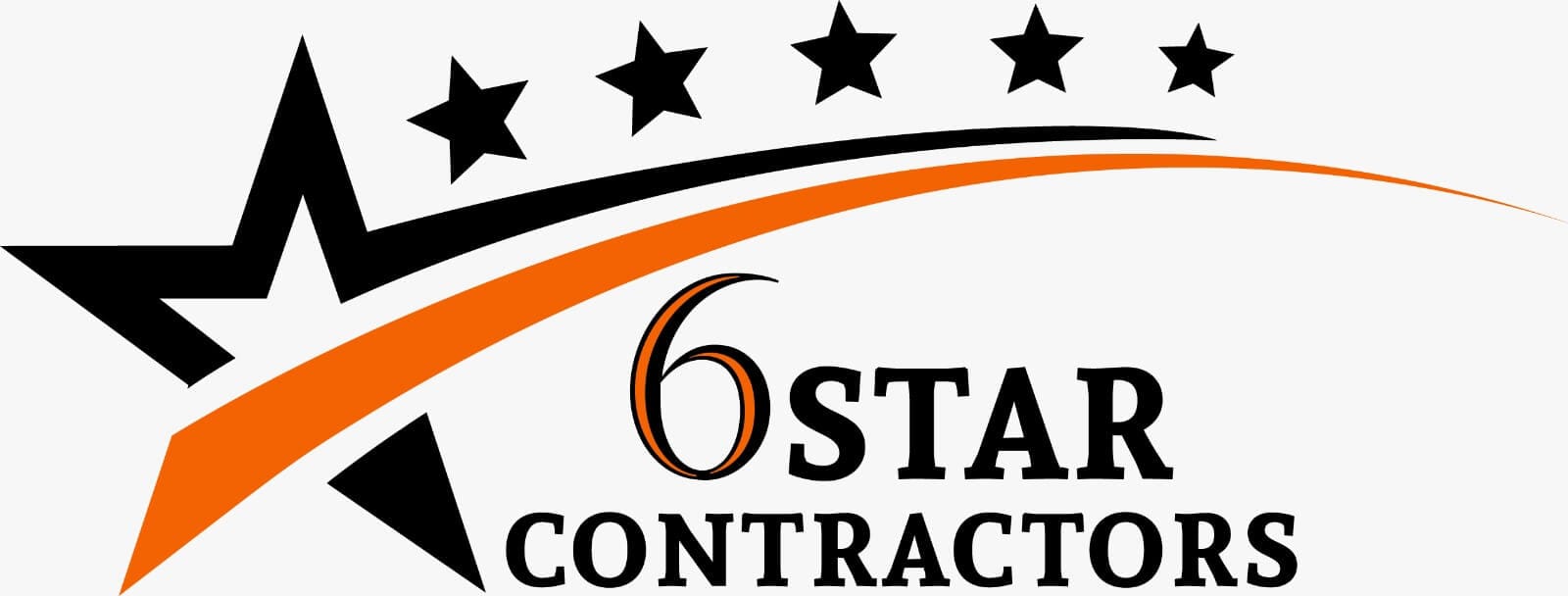

561-530-2845
info@estimatorflorida.com
Address
5245 Wiles Rd Apt 3-102 St. Pete Beach, FL 33073 United States
561-530-2845
info@estimatorflorida.com
Address
5245 Wiles Rd Apt 3-102 St. Pete Beach, FL 33073 United States
All copyright © Reserved | Designed By V Marketing Media | Disclaimer